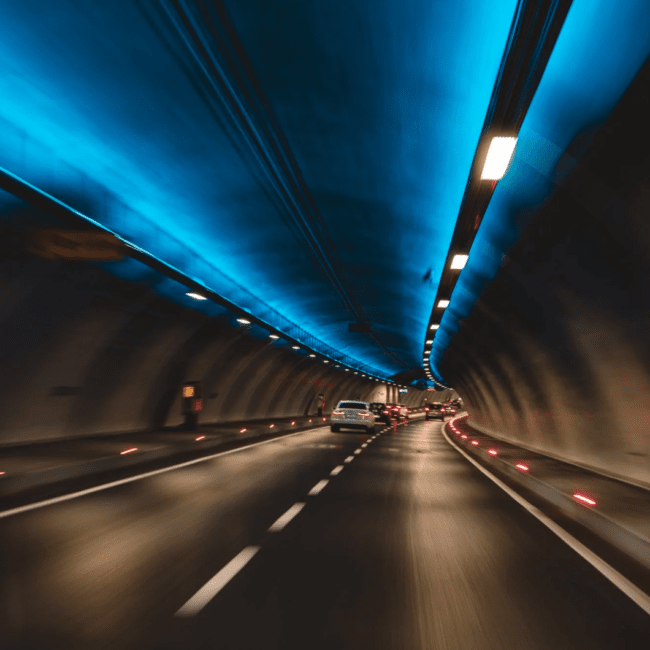For many New Jersey residents, a significant upside of the “new normal” has been avoiding the daily trek to and from New York City. In January 2018, the New York Times reported that of the 1.6 million people who commuted into the city each day, 320,000 came from the Garden State. When companies opted for a remote model in the face of the pandemic, these weekday warriors got to settle in for a little extra sleep each morning. But now, as more workers return to the office, such commuters might be in for a rather rude awakening. An additional toll for NJ commuters entering New York is being discussed as a part of the ‘Congestion Pricing Plan.’

The New York Metropolitan Transportation Authority (MTA) has planned an additional toll for commuters headed into New York City’s business hub, south of 60th Street. This “congestion pricing plan” aims to discourage individuals from driving into the most crowded parts of Manhattan, thus curtailing a negative environmental impact and reducing traffic overall.
While it currently costs as much as $16 to commute into the city via Port Authority tunnels or bridges, the additional toll would cost anywhere from $9 to $35 simply to enter the “congestion zone.” The projected $1 billion a year collected from drivers would then be used to fund public transportation projects.
Read More: Home Decor Boutique, Living Room, Opens in Jersey City
Officials on this side of the Hudson have been largely opposed to such a hike, noting that it would unfairly impact Garden State commuters. Many feel that because New Jersey drivers already pay a toll to enter the city, paying to enter the congestion zone would present a double tax.
A main tenet of the plan is to encourage the use of public transportation, and the revenue generated would be solely allocated towards New York’s MTA-controlled transit. These subways and commuter trains do not directly service the very New Jersey constituents who would be most impacted by the increased toll.
As a result, New Jersey Governor Phil Murphy has expressed that he will work to block the plan if a more equitable arrangement is not achieved. Some compromises that have been proposed include the introduction of new commuter credits or funds to services such as NJ Transit or PATH. Garden State residents are also pushing for fair representation as this initiative goes into environmental review.
See More: New Plant Shop, PLNTD, Opening This Week in Jersey City
New Jerseyans are not alone in feeling unduly burdened. City dwellers who live in the outer boroughs have also voiced concerns that their communities would bear additional costs for an initiative that would bring cleaner air, reduced noise, and less gridlock to Manhattan. Even residents of Manhattan itself worry that they will be caught with extra expenses when traveling or will see local prices inflate to match the cost of transporting goods.
Proponents of the plan say that the communities intertwined with New York City via the workforce will only be propelled by Manhattan’s infrastructure upgrades. But, while a rising tide may lift all boats, the question remains as to what the plan can accomplish. In a post-pandemic, work-from-office world, how many commuters will forgo the relative safety of their cars for public transit regardless of the cost?









